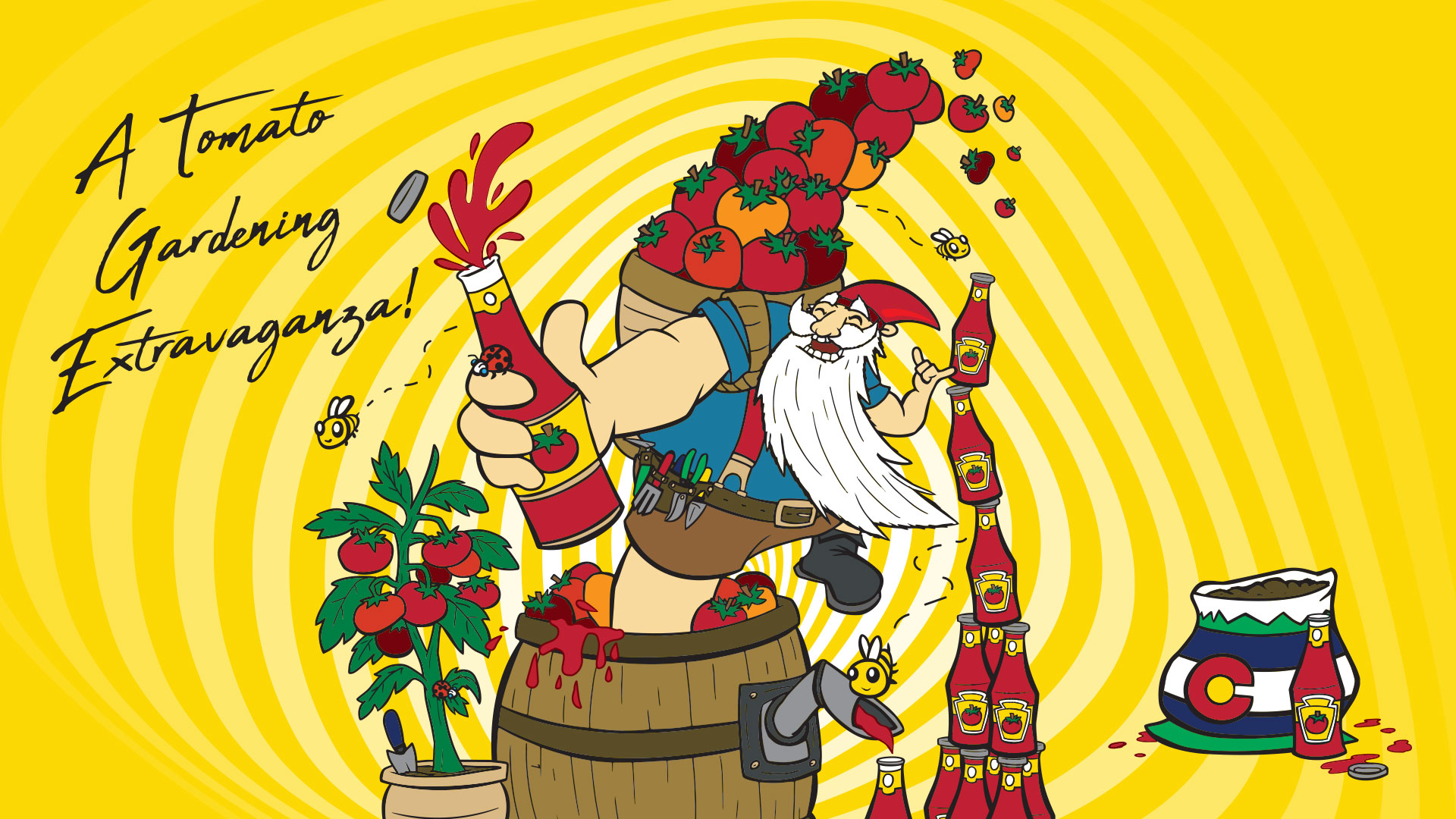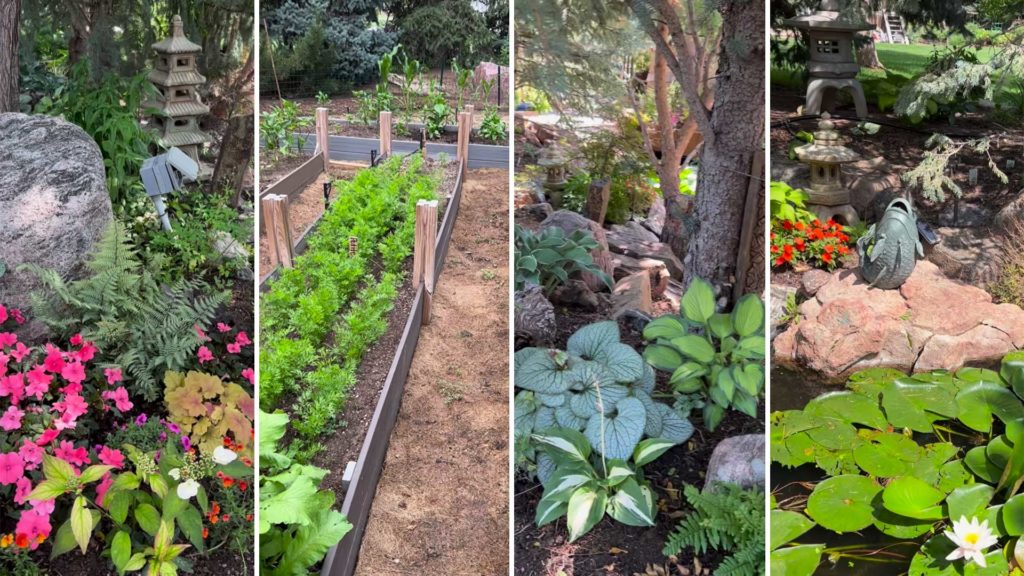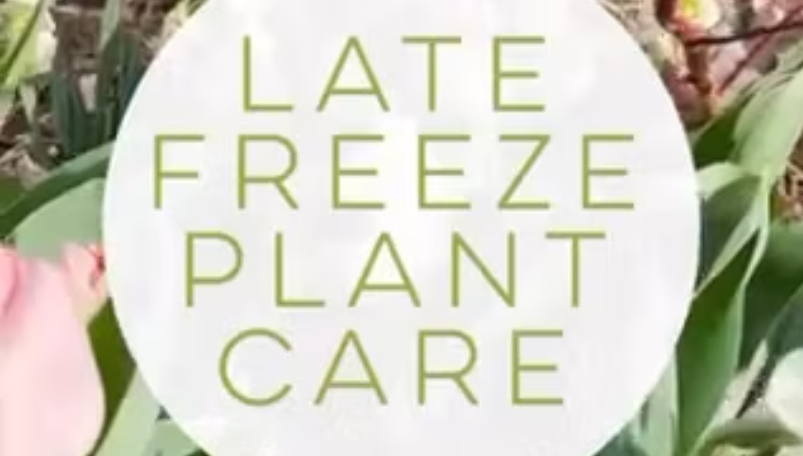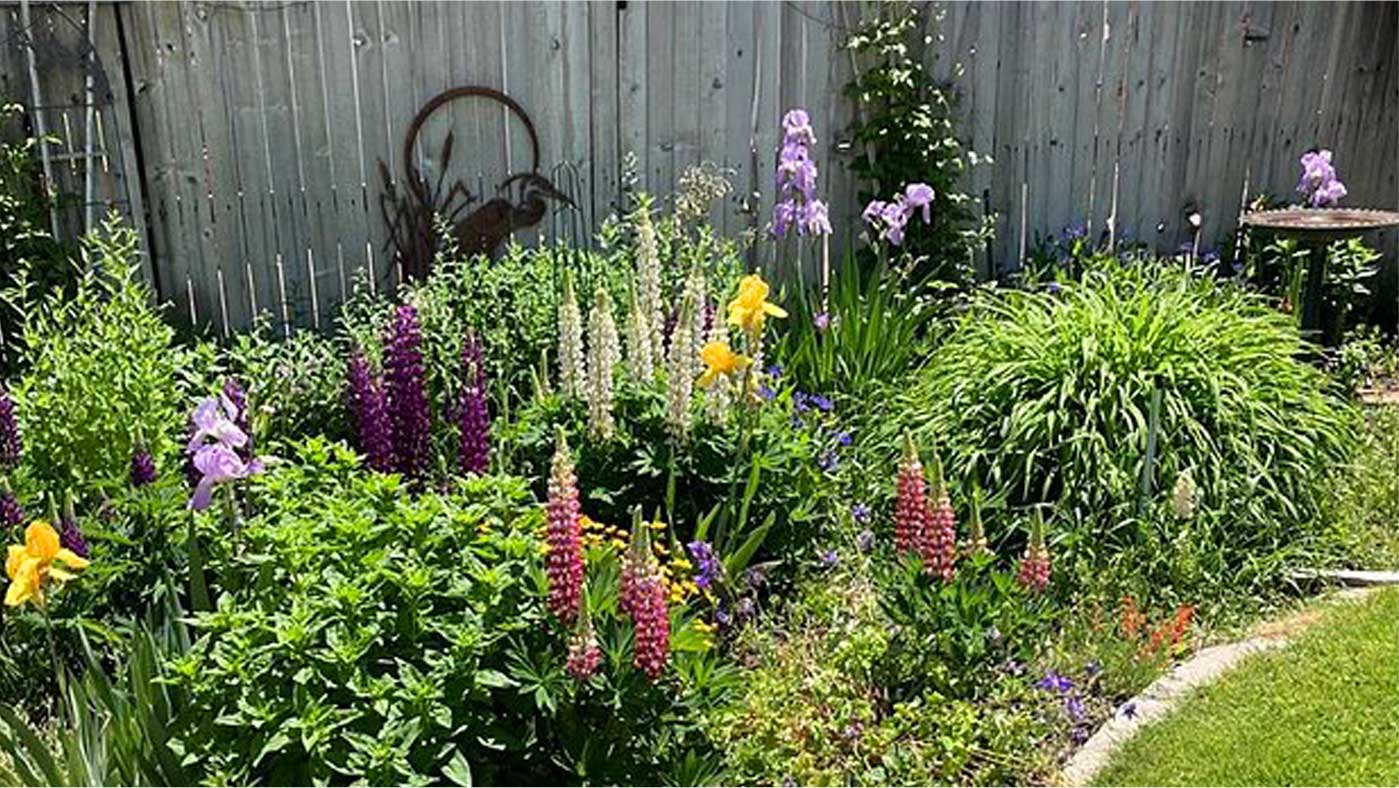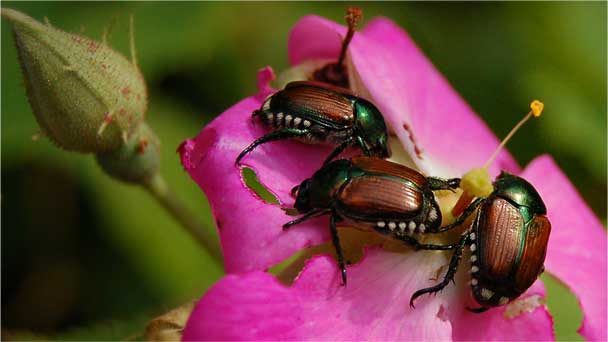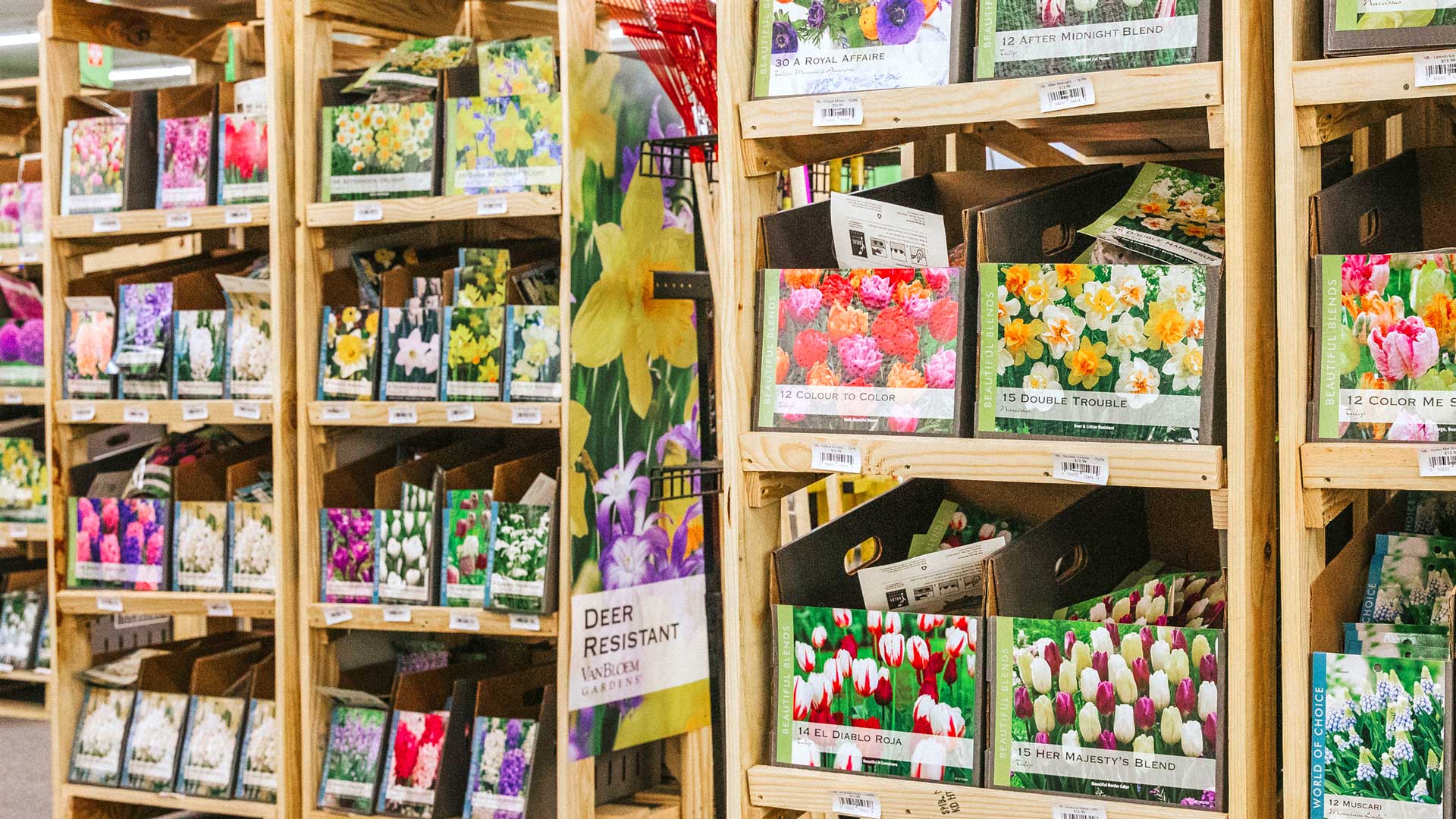
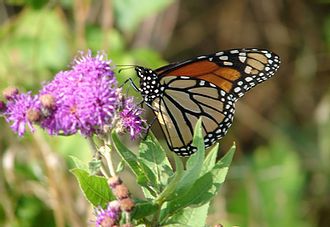
Attracting Butterflies
Butterflies are not only beautiful visitors to our gardens but great pollinators and important members of our eco-system. To attract butterflies to your garden you need to create a comfortable environment for the whole life cycle of a butterfly from caterpillar to adult.
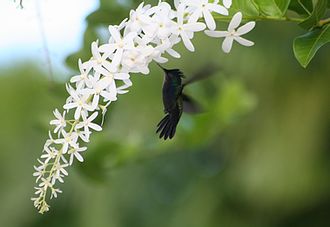
Attracting Hummingbirds
Humming birds are breathtaking visitors to our gardens. Everyone remembers when they see one. To invite these enchanting guests back to your garden again and again, you need to provide both food and shelter.
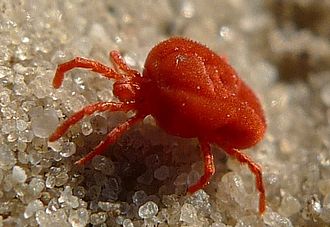
Common Lawn Pests 1
Facts on some common lawn pests including Sob Webworm and the Clover Mite.
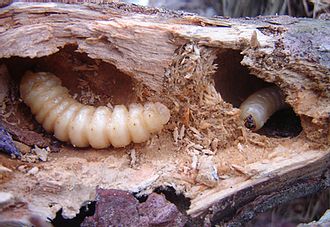
Common Lawn Pests 2
Facts on some common lawn pests including Billbugs and Grubs.
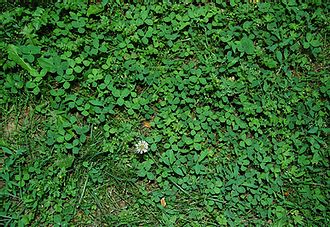
Common Lawn Weeds 1
Facts on common lawn weeds including Field Bindweed and Clover.
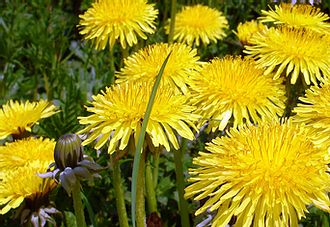
Common Lawn Weeds 2
Facts on common lawn weeds including Tall Fescue and Dandilion.
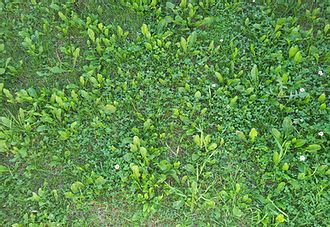
Common Lawn Weeds 3
Facts on common lawn weeds including annual grass weeds.
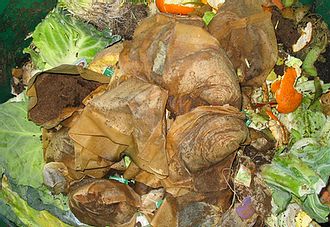
Composting
Compost is made up of “Brown” and “Green” waste materials. Brown materials (left) are “dry” and high in carbon. Green materials (right) are “wet” and full of nitrogen.
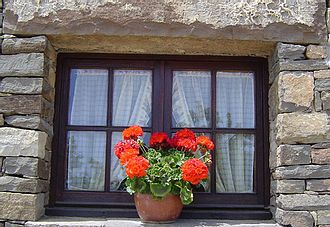
Container Annuals
Water your containers based on need instead of on a set schedule. Plants that get a small amount of water daily tend to have shallower roots and wilt more readily if they miss their scheduled drink.
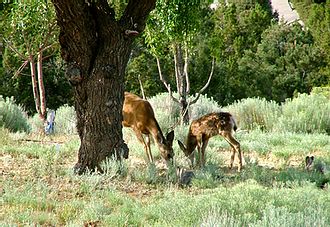
Deer Resistant Plants
Although no plant is truly “deer proof,” a hungry animal will eat almost anything, there are many varieties of perennials and shrubs that deer tend to avoid.
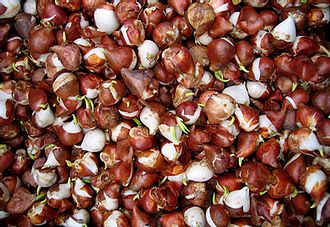
Fall Bulbs
Some of the most striking and unusual flowers come from bulbs. Not only that, but bulbs are among the easiest and most reliable flowers you can plant. Just follow these few simple steps, then sit back and wait for them to pop up in the spring.
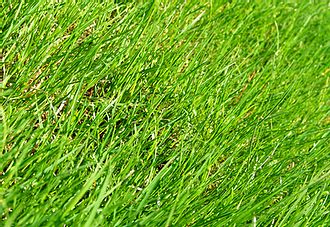
Fertilizer Basics
Like all living things, plants need nutrients to grow and thrive. Plants get most of their nutrients from the air, soil and water; but sometimes they may need some extra help from you.
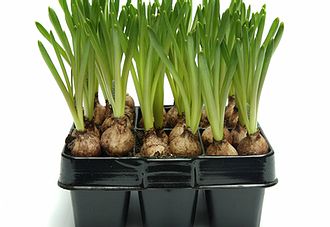
Forcing Bulbs
October is the perfect month to start forcing bulbs for winter flowering. A few blooming bulbs can really raise your spirits during the cold winter.
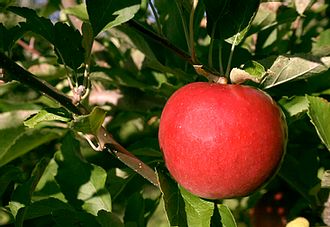
Fruit Tree Pollination Chart
All the facts you need to know about the pollination of the fruit trees of Colorado.
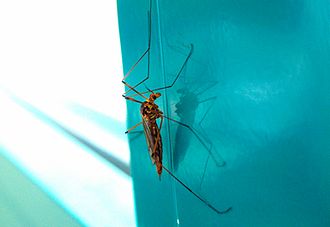
Fungus Gnats
Fungus gnats live in the moist soil, decaying plant material and fungus that can build up around houseplants, so their presence usually indicates over-watering, drainage problems or water leaks. The best prevention is usually just good maintenance.
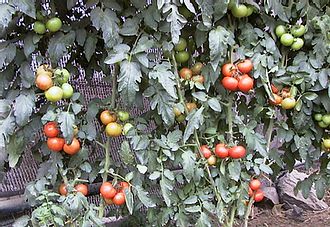
Growing Tomatoes 1
Tomato seeds should be started indoors the 1st week of March. Use warm, seed starting mix planting seeds 1/4 to 1/2 inch deep.
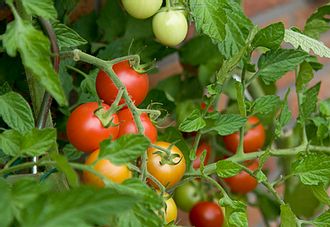
Growing Tomatoes 2
A list of the wide variety of tomoato varieties.
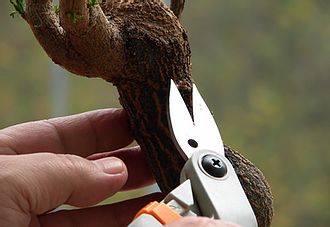
Helpful Gardening Figures
All the gardening facts you need for a happy healthy lawn and garden.
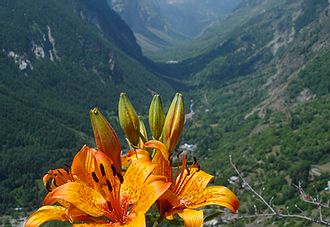
High Altitude Plants
All the info you need for maintaining a happy healthy lawn and garden in a high altitude region.
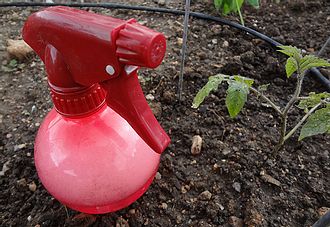
Horticultural Oil
Oils have been used in gardening for centuries to control difficult insects and mites on fruit trees, shade trees, roses and other ornamental plants.
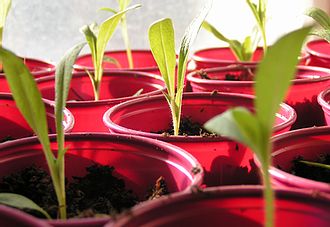
Indoor Seed Starting
Pick out clean inserts, trays and domes. You can re-use old ones but be sure to clean and sterilize them with a weak water and bleach solution (9:1) to kill bacteria and fungus.
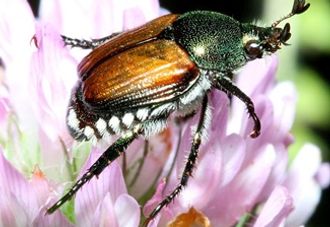
Japanese Beetles
Japanese Beetles are some of the most invasive garden pests, especially in the southern part of the Denver metro area. Here is a combination of ways to control them.
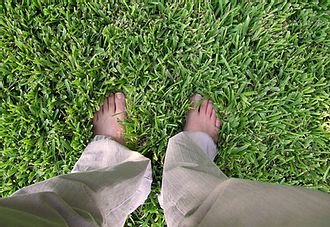
Lawn Care Calendar
All the dates you need to know for a healthly, lush lawn this year.
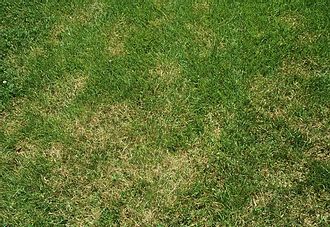
Lawn Fungus
The best way to avoid fungus problems in the lawn is by just practicing good lawn maintenance.
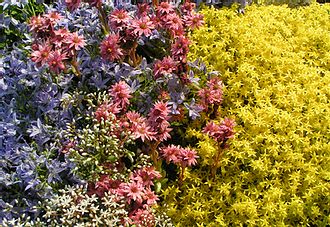
Long Blooming Perennials
Perennials can be planted any time from spring to fall. Dig a hole as deep as the perennials root ball and twice as wide.
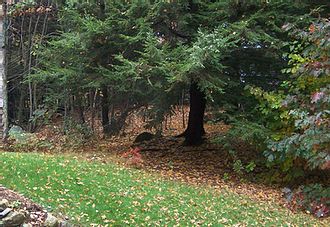
Planting Trees & Shrubs
A little extra preparation when planting can help your new trees and shrubs thrive for years to come. Follow these directions to avoid transplant shock and establishe your new plants quickly.
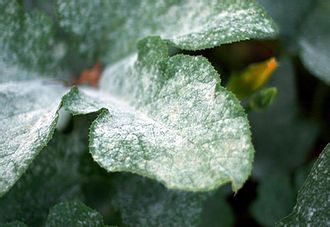
Powdery Mildew
Powdery Mildew is probably the most common fungal disease found in gardens. It’s prevalent all across the country and affects vegetables, perennials, annuals, shrubs and trees.
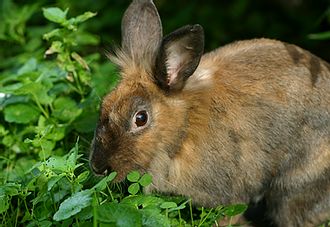
Repelling Rabbits
No plant is truly “rabbit-proof,” as a hungry animal will find almost any plant palatable. However, these are plants that rabbits generally find unappetizing.
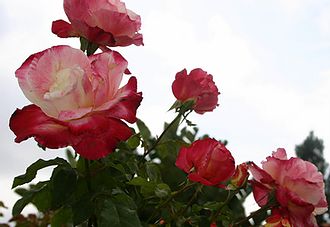
Rose Care Roses
usually need about 4 – 8 gallons of water per week to encourage deep root growth and drought tolerance.
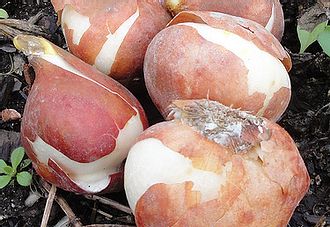
Storing Spring Bulbs
Many spring-planted, summer-blooming bulbs will die in the frozen ground over the winter. But you can dig them up and store them to be replanted in the spring.
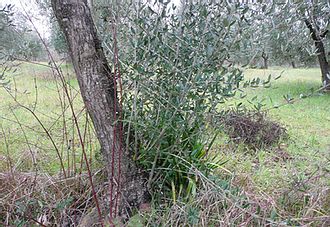
Tree Suckers
Suckers are clones that grow from the roots of a host tree. They sprout up around the base of the tree or further out around the root zone. Trees put out suckers in times of stress in an effort to produce more branches and increase growth.
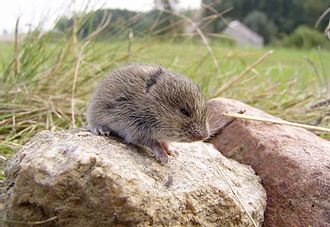
Vole Control
Sometimes called meadow mice; voles are small (4” to 8” long) rodents with brown or black hair. Voles feed on plant roots, vegetables, grasses, tubers and gnaw the bark of trees.

Winter Watering
During our Colorado winters, particularly in the Denver area, we often get long warm and dry spells without much snow. These mild days might be nice for us, but landscape plants can suffer if they don’t get some supplemental water.
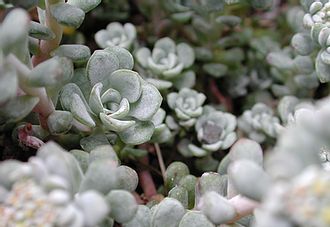
Water Wise Plants
A list of of water friendly plants.

